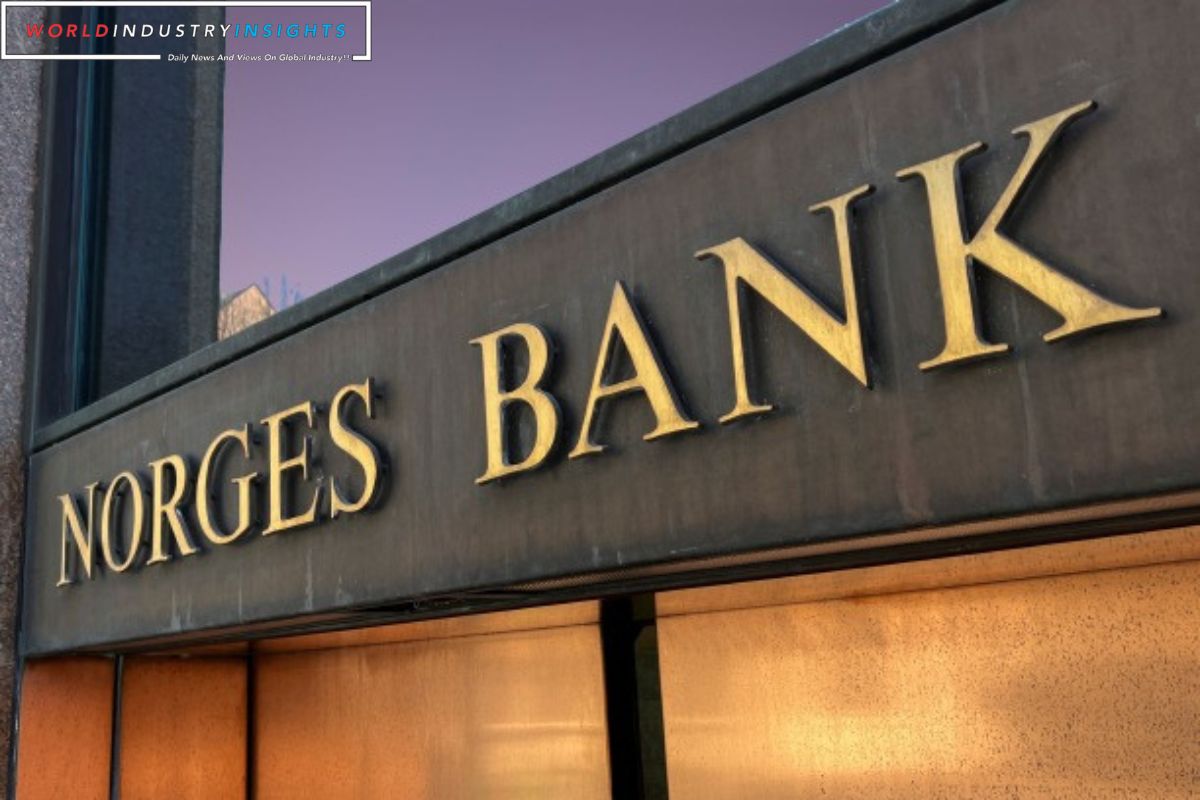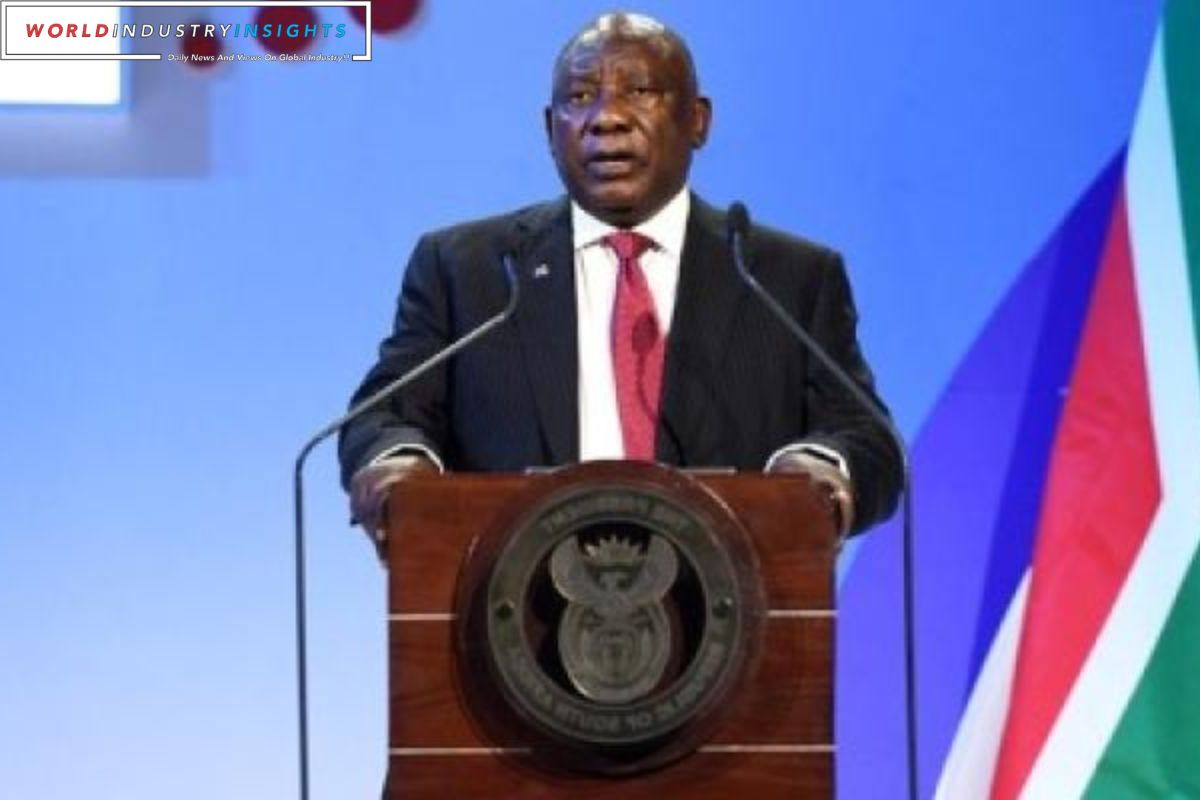South Africa Economic Landscape: South Africa Foreign Direct Investment: In the third quarter of 2023, South Africa witnessed a notable decline in foreign direct investment (FDI) inflows, recording 26 billion rand ($1.40 billion), a significant drop from the 53.8 billion rand reported in the second quarter. This data, revealed in the South African Reserve Bank’s Quarterly Bulletin, sheds light on the economic challenges the country is currently navigating.
The reduced FDI inflows during this period were primarily attributed to non-resident parent entities granting loans and increasing equity stakes in domestic subsidiaries. As South Africa grapples with economic uncertainties, the central bank’s report indicates a shifting landscape for international investments in the region.
Moreover, the data highlighted a substantial outflow in portfolio investments, reaching 41.9 billion rand in the third quarter, a notable contrast to the 4.6 billion recorded in the previous quarter. This significant outflow was driven by a public entity redeeming a $1 billion international bond, reflecting the intricate dynamics influencing South Africa’s financial landscape.
Also Read: Rand Rise and Market Anticipation: Navigating South Africas Economic Landscape
A crucial aspect contributing to the economic challenges faced by South Africa is the persistent power crisis. The country has experienced the worst power outages on record in 2023, with rolling blackouts disrupting households and businesses for up to 10 hours a day. This energy crisis has undoubtedly added complexity to the economic environment and influenced investment decisions.
In response to the ongoing power challenges, the World Bank approved a $1 billion loan to South Africa in October. This financial injection is intended to aid the country in tackling its power crisis and implementing measures to stabilize the energy sector. The loan comes at a critical juncture as South Africa seeks to address fundamental issues impacting its economic stability.
The dip in FDI and the challenges in the energy sector underscore the economic headwinds facing Africa’s most industrialized nation. As South Africa navigates these multifaceted issues, the focus remains on implementing comprehensive measures to attract and sustain foreign investment while concurrently addressing critical issues affecting economic stability. The coming quarters will likely witness continued efforts to strike a balance between attracting investments and overcoming prevailing economic challenges.
Our Reader’s Queries
What is the economic environment in South Africa?
In 2021, the Gini coefficient stood at 0.63, indicating a high level of inequality. Unemployment rates were estimated to be at a staggering 32.7% as of December 2022. However, there is hope for the economy as it is expected to grow by 0.2% in 2023 and 1.5% in 2024. This growth will be supported by the expansion of trade, tourism, mining, and manufacturing sectors.
What is the economic system like in South Africa?
South Africa’s economy is a blend of private enterprise and government control. This mixed economy allows for some freedom in the private sector while also implementing centralized economic planning and regulation by the government.
What is the landscape of South Africa?
South Africa’s terrain is predominantly composed of plateaus, elevated flatlands that stretch far and wide. These plateaus are adorned with lush, undulating grasslands known as highveld, as well as plains dotted with trees, aptly named bushveld. The Great Escarpment, a mountainous area, encircles the plateau lands to the east, south, and west.
What are the economic resources of South Africa?
Apart from diamonds and gold, the nation boasts abundant reserves of iron ore, platinum, manganese, chromium, copper, uranium, silver, beryllium, and titanium.


